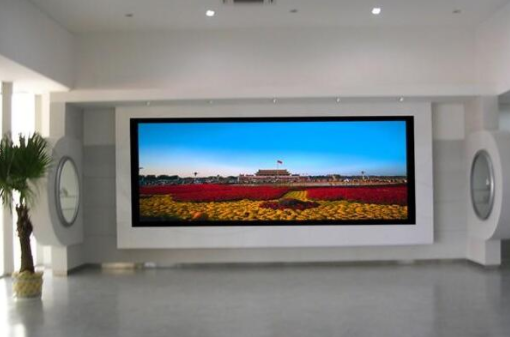
1. Sulfurization, Chlorination, and Bromination
The silver-plated layer on LED display holders can react with sulfur-containing gases to form silver sulfide. If exposed to acidic nitrogen-containing chlorine or bromine gases, light-sensitive silver halides may form, leading to blackening of the light source. These chemical reactions can occur at any stage—production, storage, aging, or usage. Once sulfur, chlorine, or bromine contamination is identified, it’s crucial for customers to choose a tailored removal strategy based on the contamination stage. Jinjian offers various detection programs, including internal power supply sulfur/chlorine/bromine testing, external power supply exclusion, general emissions, auxiliary material checks, packaging plant discharge, shop lighting emissions, and reflow process monitoring. Since these gases can penetrate through gaps in silica gel or brackets, Jinjian also provides gas tightness inspections to help improve product quality standards.
2. Oxidation
In high-temperature and high-humidity environments, silver can oxidize easily, forming black silver oxide. If oxidation is confirmed as the cause of blackening, Jinjian recommends checking the airtightness of the LED light source and luminaire to prevent moisture infiltration and further damage.
3. Carbonization
Carbonization of LED light sources can occur due to defects in raw materials such as chip holders, die attach adhesives, bonding wires, phosphor, and packaging adhesives. Poorly executed packaging processes like die bonding, wire bonding, or improper filling can lead to excessive heat, causing partial or total blackening. Additionally, inadequate heat dissipation design, low thermal conductivity materials, and reflow soldering defects can contribute to this issue. When carbonization is suspected, Jinjian advises customers to conduct failure analysis by disassembling the light source or luminaire to identify the root cause, such as manufacturing flaws or high thermal resistance areas.
4. Chemical Incompatibility
Outdoor full-color LED light sources may suffer from blackening due to chemical contamination, especially in sealed luminaires with limited airflow. When chemical incompatibility is the culprit, Jinjian suggests investigating the materials used in the lamps to identify incompatible components. While blackening might appear as a surface issue, it often signals deeper problems related to sulfur, chlorine, bromine, oxidation, carbonization, or chemical incompatibility. Many LED manufacturers lack the necessary tools and expertise for accurate diagnosis, relying instead on experience and assumptions. To address this, Jinjian offers an initial rapid diagnosis service that identifies the cause of blackening within two days, helping customers quickly and accurately determine the root issue and implement targeted solutions.
Three Phase High Frequency Tower UPS
Three Phase Tower Online UPS,Tower Online UPS,High Frequency Tower Online UPS
Shenzhen Unitronic Power System Co., Ltd , https://www.unitronicpower.com
![<?echo $_SERVER['SERVER_NAME'];?>](/template/twentyseventeen/skin/images/header.jpg)